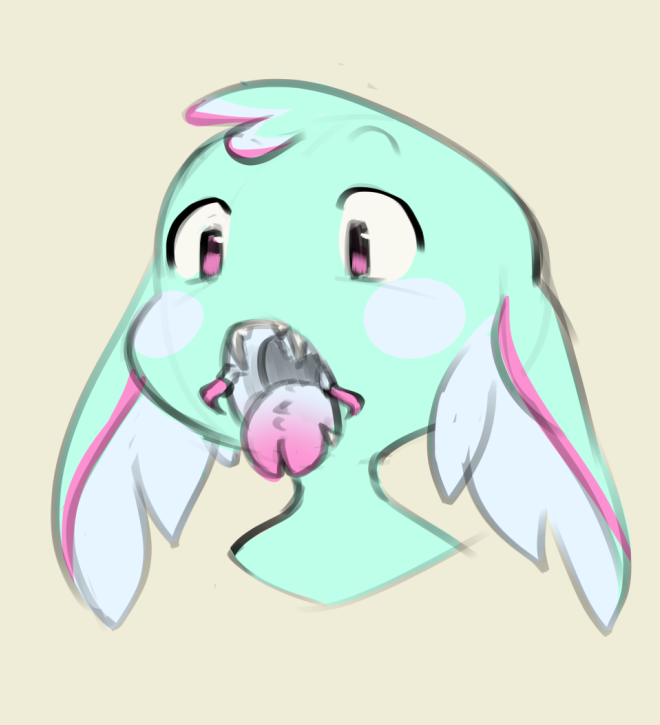(Please note that this is still a work in progress, but ultimately all for fun! I don’t mind my species being adapted to fit other people’s work/universe/settings, so don’t feel like anything written here is mandatory if you want to make your own!)
Frillien Species Info
Frilliens are a race of semi-aquatic mammals. They are similar to humans in both height and general shape, but tend to be heavier, most likely due to their tail.
Their home planet is mostly covered in saltwater, speckled with a few islands, where fresh water can be found.
Frilliens live on and around these few islands, but spend most of their time in the water unless they have a job that requires them to stay on land for extended periods of time, such as trading post workers and material collectors.
Their skin is sort of rubbery and thick, and can be any sort of colours. There doesn’t seem to be any meaning to the colours or patterns, but they are reminiscent of Earth sea slugs. Their impressive regenerative abilities mean that they can heal any non-lethal injury, including what would usually end up becoming the bellybutton!
Obviously, their name comes from the frills that adorn their head, hips, and tail!
They very rarely wear any clothing at all, but will cover themselves if living alongside beings who do, as a way of fitting in.


While they look a bit intimidating, their mandibles are actually used as a tool, and not a weapon.
Their lack of nose is explained by the presence of gills on the sides of their ribcage. They are almost invisible.
Frilliens have been seen using their mandibles to, amongst other things, shuck oysters-like creatures, as well as removing bark from trees, and shoving seaweed inside their mouth.
Their diet consists mainly of sea animals, aquatic plants, and tree fruit. They are very rarely seen cooking anything, preferring the convenience of raw food, but salt cured food items are common.
Social Life and Housing
Frillien villages are built mostly underwater, with houses attached to the sides of the pillar-like islands of their planet. They contain barely any furniture, as the water makes it hard to keep things in place without making the structure too heavy. Floating makes beds virtually useless, and technology, unless waterproofed, isn’t practical.
Most of their days are spent either underwater, but more of them have been living on land after they’ve started getting visitors from space.
Frilliens tend to be highly adaptable, and very interested in different cultures.

Sex, and Gender, and Reproduction
Frilliens’ concept of gender is, unlike humans’, pretty undefined. They do not have words for different genders, though the concept interests some of them when brought into a society where gender is impactful. It is ultimately more of a personal choice if they end up choosing labels for themselves.
Sexual dysmorphism doesn’t impact their lifestyles, seeing as it isn’t set in stone. Frilliens’ biology is spectacularly adaptable, as they are able to change their entire reproductive system in the spawn of 24 hours.
Attraction to sexual characteristics still exists within the species, but with the way things are, ultimately not a reason why a frillien would refuse partnership.
Frilliens tend to be polygamous, though monogamy isn’t unheard of, and seems to mostly happen with elders who meet later in life. Weddings are not a thing in their society, but they do celebrate new partnerships. There are no legal documents to officialize the event, nor are there any when a “divorce” happens.
Pregnancy and childbirth is surprisingly similar to the way it is in humans. The main difference would be that delivery is done with the birth giver’s entire body being upside down and submerged in water.
Nipples are present, but totally flat unless aroused or when nursing. They’ll take a different hue at those moments, usually the same as their mandibles.